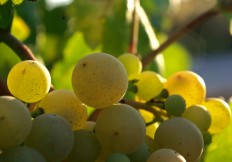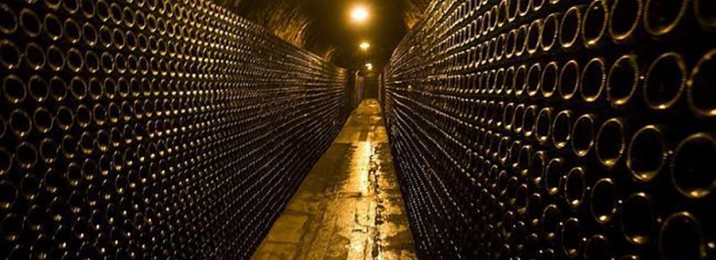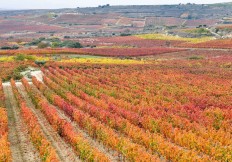The Spanish Foodie’s Guide to…Cava
Champagne may have a centuries’ old reputation as the world’s premier celebratory tipple, but Spanish cava is making a big impact among wine buffs and those of us who enjoy a casual bubbly glass or two. In this post, we’ll be taking a closer look at the history of Spain’s iconic sparkling wine and the many delicious varieties available today…
A little sparkling history…
Cava was first produced in Spain around 1851 and was thought to have been introduced to the country by traveler Josep Raventós, whose interest in the Champagne region of France brought the traditional champenoise method of production to Catalonia.
In the past, cava was labeled as Spanish champagne. After Champagne was granted Protected Geographical Status under European Union law in the 1970s, Spanish sparkling wine producers changed this name to ‘Cava’, which translates as cave or cellar in reference to the original storage places for preserving and aging the beverage. Spaniards still refer to their local sparkling wine as champán, champaña or xampany (in Catalan), despite cava now having Denominación de Origen (DO) status in its own right.
Cava & Catalonia
Just as Andalucia is the region for sherry, Catalonia is the undisputed home of cava. In fact, 95% of all cava is made in the Penedes region of Catalonia with the village of Sant Sadurní d’Anoia playing host to two of the country’s biggest producers, Freixenet and Codorníu.
The DO status of cava means that only sparkling wine produced in 8 wine regions can be labeled as cava. These regions include: Rioja, Catalonia, Aragon, the Basque Country, Extrmadura, Castile and León, Navarra and the Valencian Community – of which Catalonia is by far the most prestigious and highest producing.

Cava Grapes
The grapes
Both blanco (white) and rosado (pink) cavas are popular and all begin with a white grape, traditionally Macabeu, Parellada or Xarel.lo. To create a cava rosado, a red wine such as Cabernet Sauvignon, Garnacha or Monastrell is added to give that characteristic tint and taste.
Cava varieties
Cavas vary widely in flavor, ranging from dry, brut cavas to dulce (sweet) varieties. In between you will find brut reserve, seco and semiseco which range from the mid-dry to the almost sweet.
The age of a cava also affects its flavor. Cava typically goes through a 9 month aging process, cava reserva undergoes a minimum of 15 months and the very special cava gran reserva will be aged for at least 30 months.
Blanco
Macabeo: In a young cava this grape is floral, light and fruity, moderately acidic and moderately alcoholic.
Parellada: The perfect aromatic grape for a young, fruity and fragrant cava. Parellada cavas are lively and deliciously fresh.
Xarel.lo: This is a great grape for aging, the longer it is aged the more richness and personality its well-balanced flavor develops.
Rosado
Garnacha: A rich grape with high alcohol content. This stable grape gives a cava rosado great balance and moderate acidity.
Monastrell: High alcohol content and an intense color makes this grape the perfect ingredient fr a really full-bodied pink cava.
Celebrating or simply inspired by Spain’s delicious cavas? Pop into Ataula to sample the very best of what Espana has to offer. Reserve your table at Portland’s favorite Spanish restaurant today on 503-894-8904 or book right here online.



No comments
You can be the first one to leave a comment.